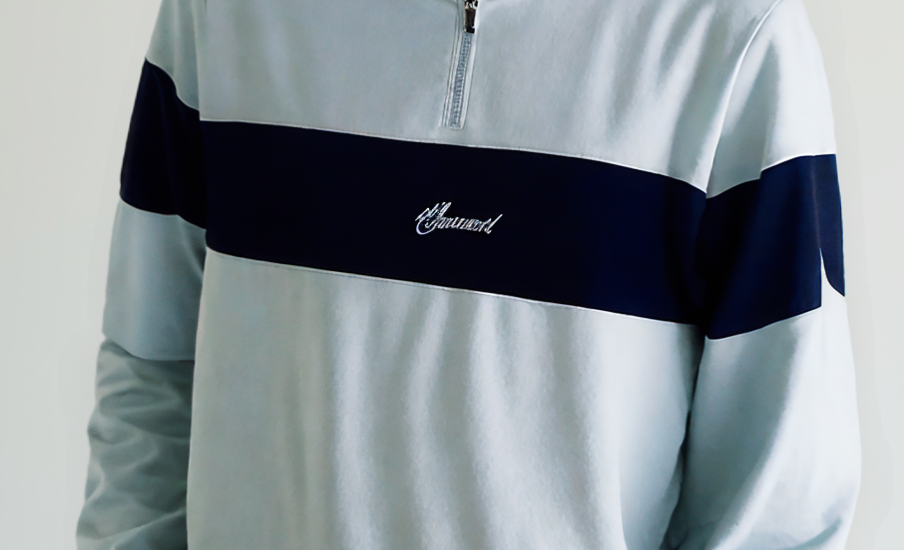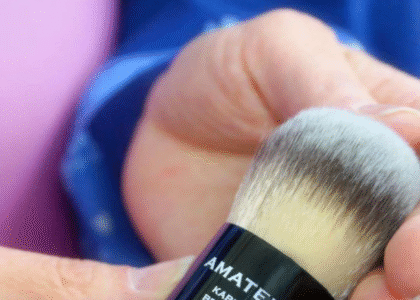Introduction
The fashion industry is constantly evolving, and brands must stay ahead of the curve to remain competitive. Whether you’re launching a private label clothing brand or managing a large-scale apparel business, understanding how to collaborate with influencers, navigate the fast fashion industry, create limited-edition collections, manage inventory efficiently, and explore niche markets is essential for long-term success.
In this guide, we’ll explore these five crucial aspects, offering expert insights, actionable strategies, and real-world examples to help you optimize your clothing brand’s visibility and profitability.
1. Collaborating with Influencers to Boost Your Clothing Brand’s Visibility
Why Influencer Marketing Works in Fashion
In the age of social media, influencer marketing has become one of the most effective ways to promote a clothing brand. Influencers have built trust and credibility with their audiences, making them powerful partners for driving brand awareness, engagement, and conversions.
How to Choose the Right Influencers
- Micro-Influencers (10k-100k followers) – Offer high engagement and authenticity, ideal for niche clothing brands.
- Macro-Influencers (100k-1M followers) – Great for reaching a wider audience but require a higher budget.
- Celebrity Influencers (1M+ followers) – Best for major brand exposure, but expensive and less personal.
Strategies for Influencer Collaborations
- Sponsored Posts – Pay influencers to showcase your clothing line on social media.
- Affiliate Partnerships – Provide influencers with a unique discount code to track sales.
- Product Seeding – Send free samples in exchange for organic promotion.
- Co-Branded Collections – Create a limited-edition line with an influencer for exclusive appeal.
Case Study: Fashion Nova’s Success
Fashion Nova leveraged micro and macro influencers to dominate social media, generating millions in sales through Instagram collaborations.
Pro Tip: Use platforms like Upfluence, AspireIQ, or Heepsy to find the right influencers for your brand.
2. The Impact of Fast Fashion on Independent Clothing Lines
What is Fast Fashion?
Fast fashion brands like Zara, H&M, and Shein produce trendy clothing at low costs, rapidly replicating runway styles.
Challenges for Independent Brands
- Price Competition – Small brands struggle to match fast fashion’s low prices.
- Sustainability Concerns – Ethical brands face difficulties competing with mass production.
- Speed to Market – Fast fashion cycles move quickly, making it hard for smaller brands to keep up.
Strategies to Compete Against Fast Fashion
- Emphasize Quality Over Quantity – Offer premium, long-lasting apparel.
- Focus on Ethical and Sustainable Practices – Consumers are increasingly prioritizing eco-friendly fashion.
- Offer Customization – Provide custom apparel manufacturing and private label production to differentiate your brand.
- Leverage Direct-to-Consumer (DTC) Sales – Cut out middlemen and boost profit margins.
Real-Life Example: Everlane’s Ethical Approach
Everlane built a loyal customer base by promoting radical transparency and ethical production, proving that quality and ethics can compete with fast fashion.
3. How to Create Limited Edition Collections to Drive Demand
Why Limited Edition Collections Work
Creating scarcity in fashion marketing leads to increased demand and higher profit margins. Consumers fear missing out (FOMO) and are more likely to buy exclusive pieces.
Steps to Launch a Limited Edition Collection
- Identify a Theme – Collaborate with artists, influencers, or seasonal trends.
- Use Premium Fabrics & Unique Designs – Ensure exclusivity.
- Create a Hype-Building Campaign – Use social media teasers and influencer partnerships.
- Set a Clear Release Date – Implement countdowns to generate anticipation.
- Leverage Pre-Orders & Early Access – Reward loyal customers.
Example: Supreme’s Drop Model
Streetwear brand Supreme built a billion-dollar business using exclusive, limited-edition “drops”, selling out collections within minutes.
4. Tips for Managing Inventory and Avoiding Overstock in Fashion Retail
Common Inventory Management Issues
- Overproduction – Leads to unsold stock and financial losses.
- Stockouts – Missed sales opportunities due to insufficient inventory.
- Seasonal Trends – Fluctuating demand makes planning difficult.
Effective Inventory Management Strategies
- Adopt Just-in-Time (JIT) Production – Reduce excess stock.
- Use Inventory Management Software – Tools like TradeGecko, Stitch Labs, and NetSuite optimize stock levels.
- Offer Pre-Orders – Gauge demand before production.
- Utilize Data Analytics – Predict trends using sales data.
Pro Tip: Implement B2B apparel solutions to streamline production and distribution.
5. Exploring Niche Markets: Finding Your Unique Selling Proposition in Fashion
What is a Niche Market in Fashion?
A niche market focuses on a specific audience, such as sustainable fashion, plus-size clothing, or activewear.
How to Find Your Niche
- Identify Gaps in the Market – Research underserved customer needs.
- Analyze Competitors – See what’s working and differentiate.
- Test Small Collections – Launch sampling services to validate demand.
- Create a Unique Brand Story – Build emotional connections with consumers.
Example: Girlfriend Collective’s Sustainable Activewear Success
This brand disrupted the athleisure market by focusing on ethical manufacturing and eco-friendly fabrics, gaining a loyal customer base.
Conclusion
Success in the clothing industry requires strategic influencer collaborations, resilience against fast fashion, innovative limited-edition collections, efficient inventory management, and niche market exploration. By implementing these strategies, your brand can thrive in a competitive landscape.






